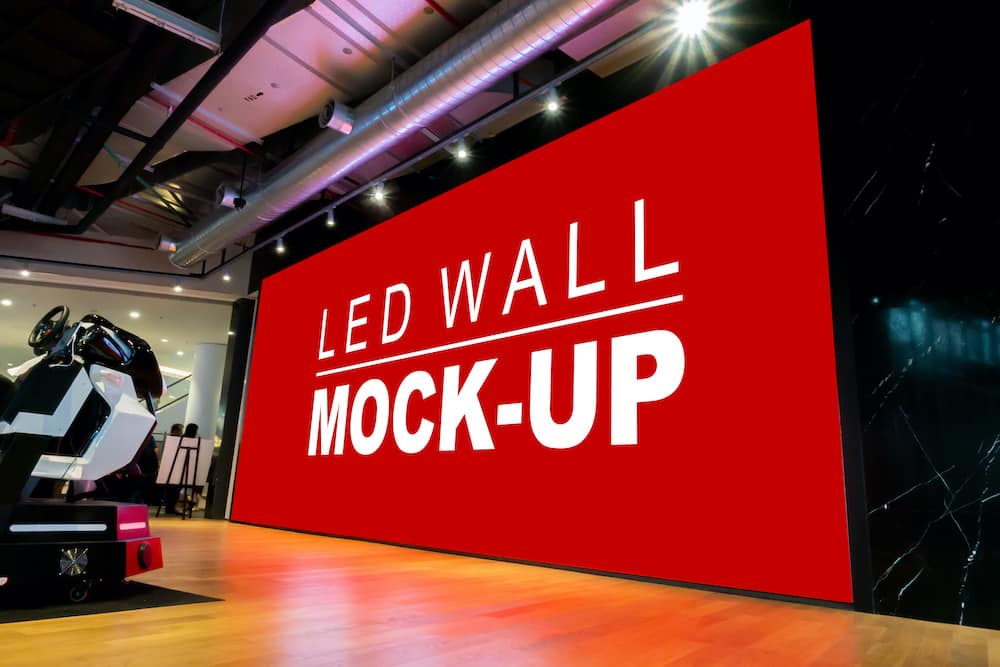Exploring The Way Resolution Affects the Performance and Visual Caliber of LED Walls in Contemporary Display Technology
LED walls are becoming more and more popular in various environments, including concerts and sports events to business presentations and creative exhibits. One of the most important factors that affect the functionality and image quality of these displays is image clarity. Resolution refers to the number of picture elements that compose the visual on the display. Higher resolution means additional picture elements, which can result in clearer and clear images. Grasping how resolution impacts LED walls can assist operators make knowledgeable choices about their display needs.When discussing resolution, it is essential to consider pixel pitch, which is the distance between the center of one picture element to the midpoint of the next pixel. A smaller pixel spacing results in a greater image clarity, allowing for more detail in the visuals shown. For instance, an LED screen with a pixel spacing of 1.5mm will provide a sharper visual than one with a picture spacing of 3mm. This is especially important in environments where viewers are close to the display, such as in a small venue or a exhibition event booth. In these cases, a higher resolution can significantly enhance the observing quality.
Another factor of resolution is its impact on color precision and luminosity. LED screens with greater image clarity often have better hue rendering, indicating that the hues displayed are more lively and realistic. This is essential for applications like advertising, where the goal is to capture interest and convey read this a message effectively. Additionally, greater image clarity screens can preserve brightness levels even when viewed from various perspectives. This is important in big locations where audiences may be seated at various ranges and positions from the screen.

The functionality of LED screens is also affected by resolution in terms of refresh rates and response times. A higher resolution display can handle quicker update frequencies, which is crucial for fast-moving material such as films and motion graphics. This indicates that the visuals on the display will look more fluid and increasingly seamless, improving the total observing quality. In comparison, lower image clarity displays may struggle with fast-moving content, leading to blurriness or lag. Therefore, for events that rely on high-energy visuals, choosing a display with a suitable resolution is vital.
In summary, resolution plays a vital role in determining the performance and visual quality of LED walls. Factors such as pixel pitch, hue precision, luminosity, update frequencies, and reaction durations all contribute to how efficiently a display can convey data and engage viewers. As advancements continues to progress, grasping these factors will assist users select the right LED wall for their specific requirements, guaranteeing that they obtain the optimal potential results in their displays and occasions.